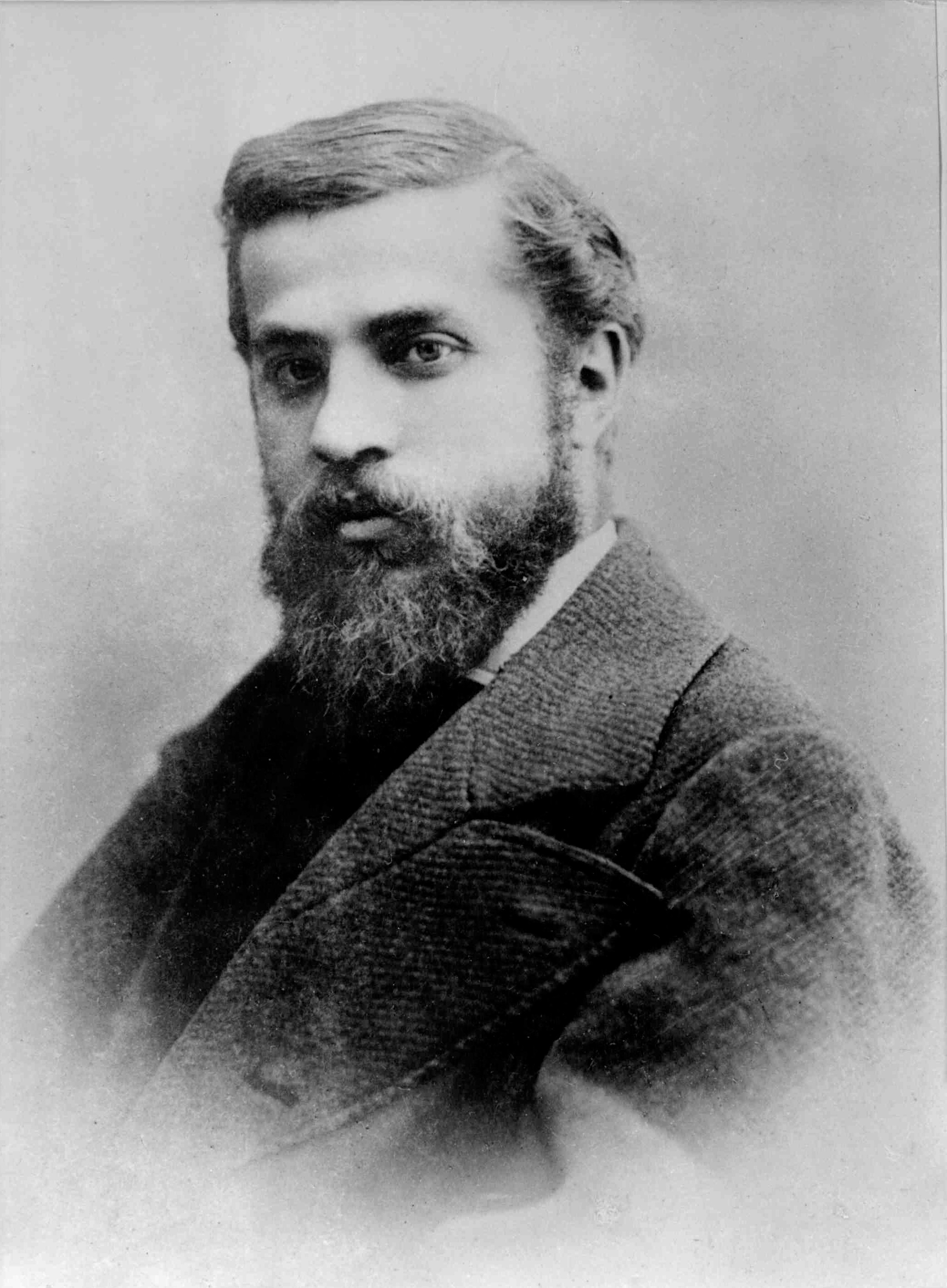 Martin Parr
Martin ParrMartin Parr is a photojournalist, British documentary photographer and photobook collector. He was born on May 23, 1952. Martin is well known for his well known photographic projects which have been called "intimate, satirical and anthropological", these words have been used because this is the way they say he 'looks at aspects of modern life, in particular documenting the social classes of England, and more broadly the wealth of the Western world.'
Martin has featured in about 80 exhibitions around the world and has published around 40 books by himself. Martin was also part of photographic cooperative called Magnum Photos.
Martin's Parr's photos:







Martin said,"The fundamental thing I'm exploring constantly is the difference between the mythology of the place and the reality of it. Remember I make serious photographs disguised as entertainment. That's part of my mantra. I make the pictures acceptable in order to find the audience but deep down there is actually a lot going on that's not sharply written in your face. If you want to read it you can read it"about his photography.
Martin is said to have a close-up aesthetic about his work and this is achieved by using a micro lens and 'employing saturated colour', this creates an effect which can only be achieved by the type of film used and/or using a ring flash. This way Martin is able to capture people and/or food within their ow environment and within their natural forms, this gives them the space to expose and explore in ways that often involve 'inadvertent humour', because of this his work has become very well known and famous.
















